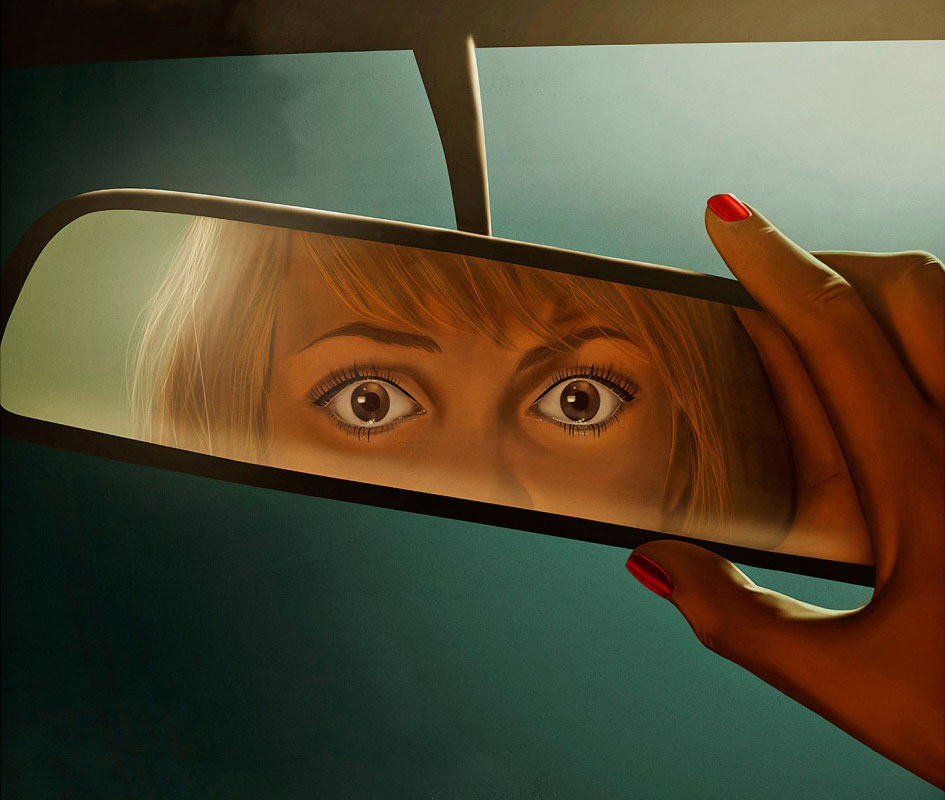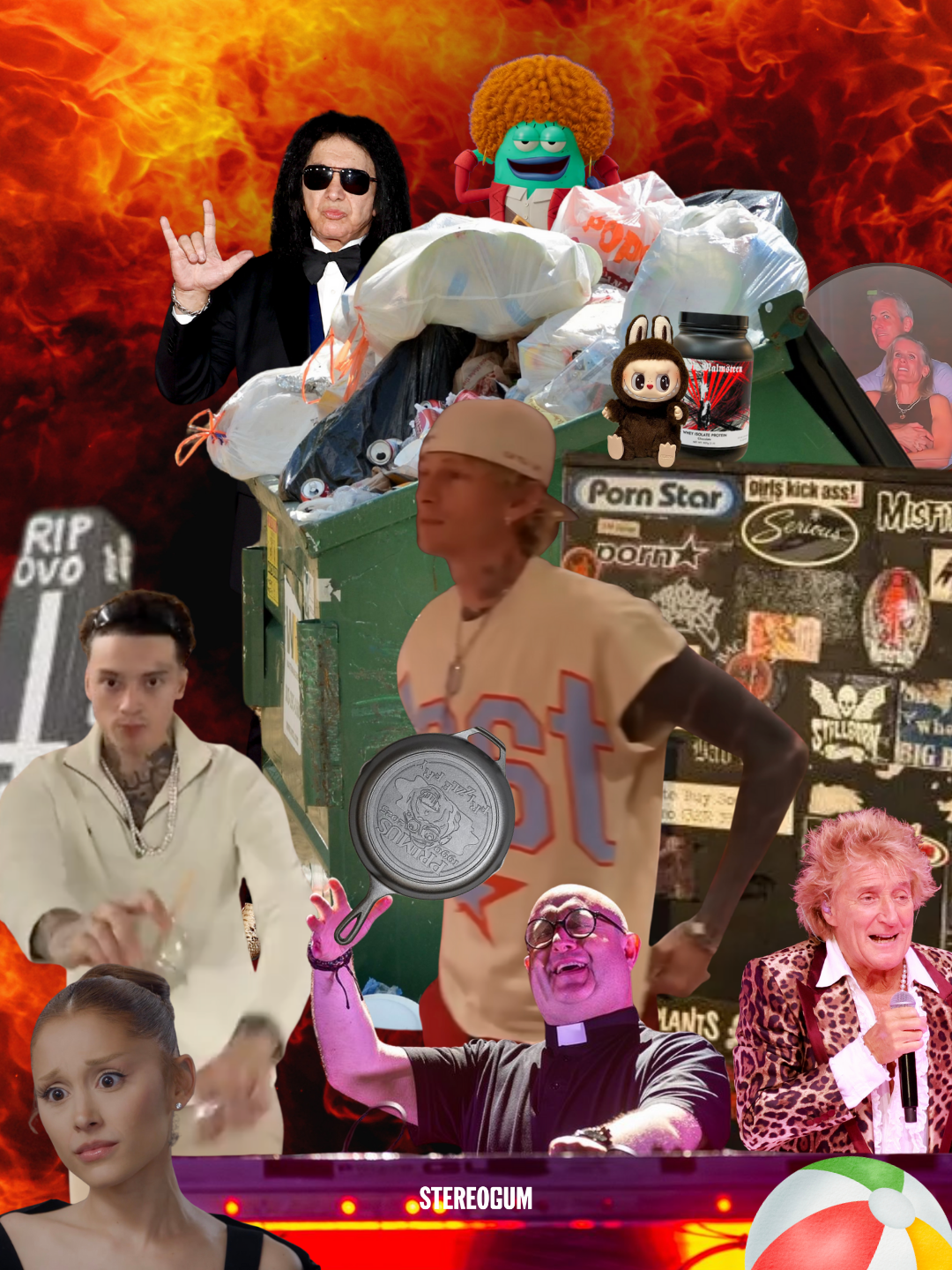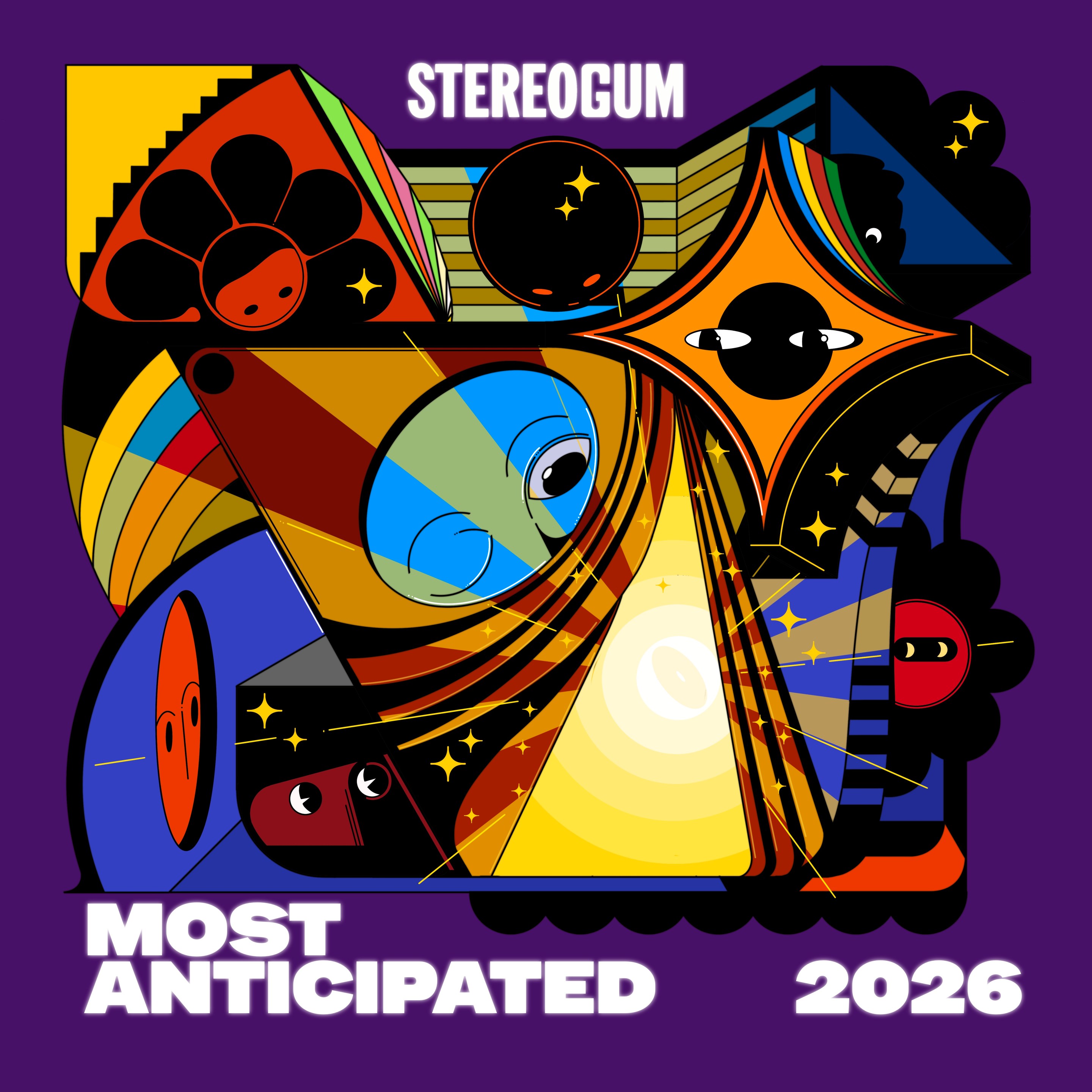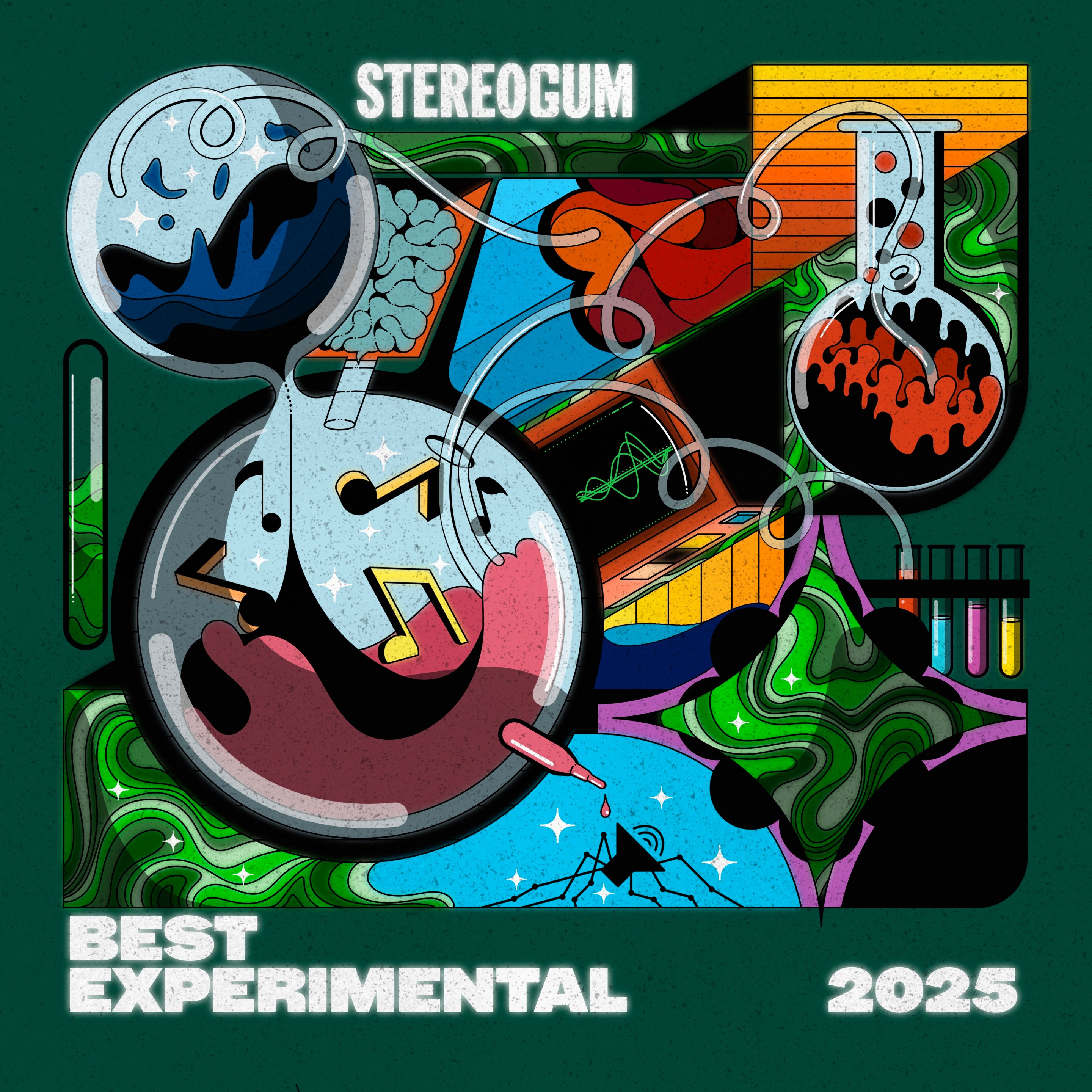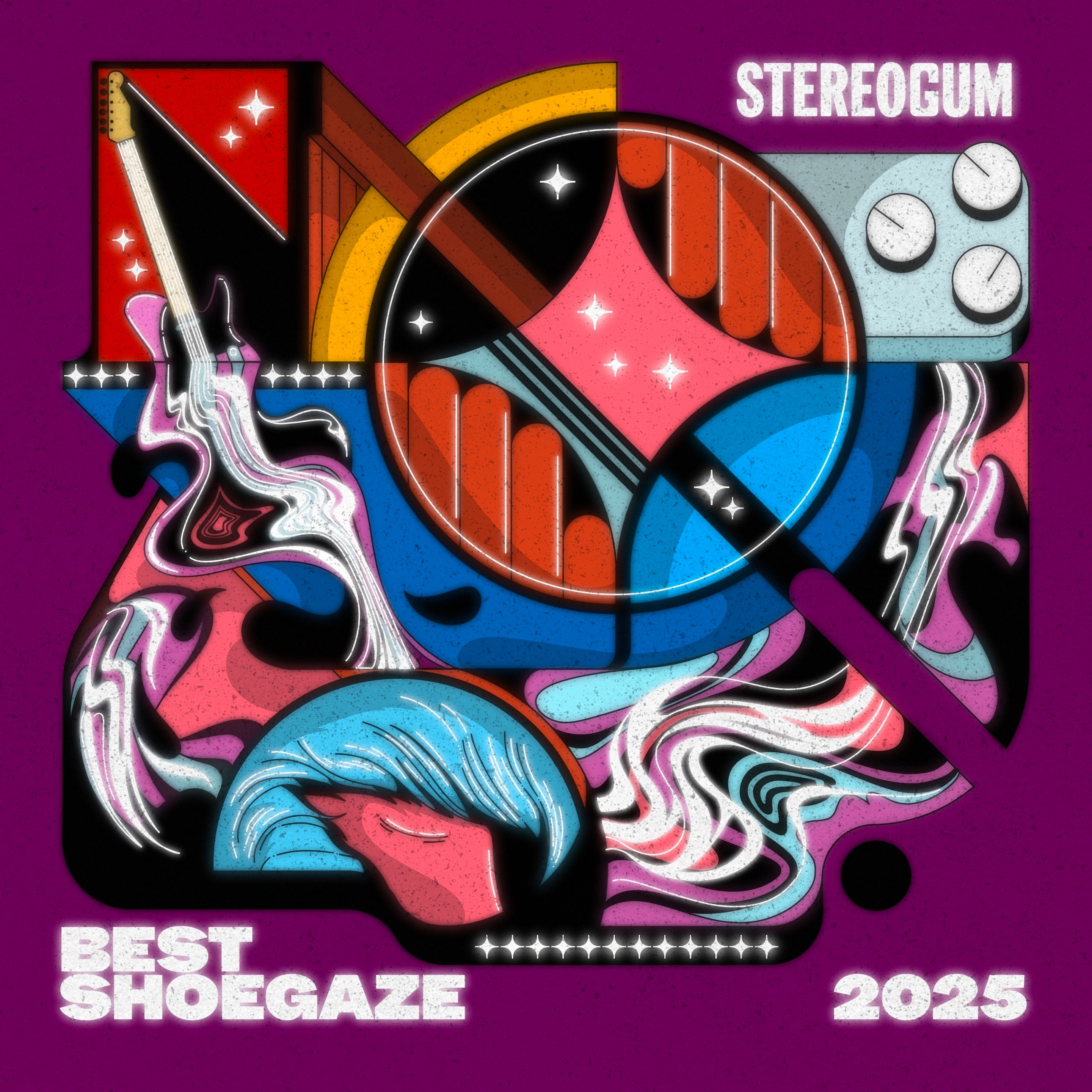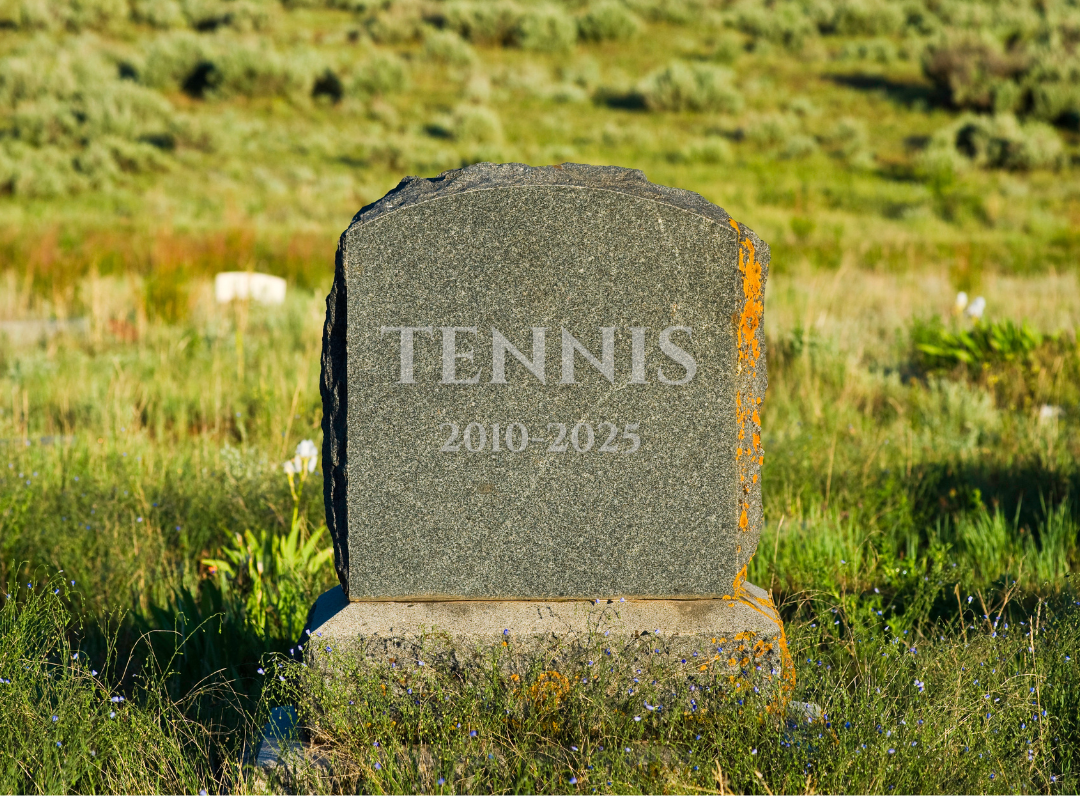The 2010s saw horror experience a cultural renaissance. It started the decade recovering from the dismal state of PG-13 studio cash-ins, eventually welcoming in a new wave of prestige pictures with major studios, money, and (most importantly) audiences behind it. Horror has always been a playground for shifting ideas of “high” and “low” art, and this decade it led to obscure experimental artists like Jóhann Jóhannsson and Mica Levi growing into Oscar-nominated star composers, major musicians like Thom Yorke and Geoff Barrow moving into movies, plus unexpected surprises like an indie game composer finding even greater success at scaring us senseless. Elsewhere, veterans like Cliff Martinez and Michael Abels got in on the fun, adding horror movies to their long list of credits for the first time.
It's easy to see why the genre became so special during a decade overflowing with real life existential and political horrors and tragedy after tragedy. When writing this list, it was hard to ignore that three entries come posthumously from artists who died before their time. Death felt like it was all around us this decade, but just as art lets us process ideas and feelings, horror films became an important way to grapple with monsters ranging from climate change to institutional racism to grief to the destructive nature of men. As we enter 2020, horror movies feel more important than they have in a lifetime. The 13 entries below tell the story of how we got there.
13. The Lighthouse - Mark Korven (2019)
Though he previously scored the ‘90s cult classic Cube, Mark Korven found his voice as a horror composer this decade as the sinister musical counterpart to Robert Eggers’ period-piece folktales. The jagged strings of The Witch could certainly have landed on this list, but the pair’s nautically-themed follow-up tops it with a murky mix of droning brass and blasting foghorns. Blending classic movie crescendos with strikingly modern sound design, the best parts of The Lighthouse are when you can’t tell the music apart from the environmental sound. Chugging furnaces warp into hypnotic rhythms, a fart cuts to an anxious horn drone, and any fleeting moment of brightness -- like the mysterious lighthouse flame itself -- only hints at madness and monstrosities.
12. The Neon Demon - Cliff Martinez (2016)
Back during the release of Nicolas Winding Refn’s absurd and underrated satire of LA’s eat-or-be-eaten fashion scene, The Neon Demon, I asked Cliff Martinez if he was beginning to have a similarly close connection with the director to the one he had as Steven Soderbergh’s go-to composer. “Oh, it’s happening already,” he said, and you can hear it in the glittery, doom-laden synths of The Neon Demon. Refn actually temped the film with Hitchcock composer Bernard Hermann, which Martinez “disregarded completely,” instead locking into what the film actually needed. At times it recalls the pulse-pounding peaks of Only God Forgives and the starry, searching drifts of Solaris, but really the composer’s first (and only) horror score delivers in sounding like nothing else in his long career.
11. Suspiria - Thom Yorke (2018)
Thom Yorke’s first film score would have faced high scrutiny no matter what, but it was compounded upon the announcement that the Radiohead frontman was writing music for the remake of Suspiria. Understandably ignoring Goblin’s all-time great prog-rock fever dream, Yorke delivered a spacious, hypnotic soundworld, sometimes with little more than a few lonely piano chords and the ghostly electro-acoustic trickery that’s lingered on the edges of Radiohead songs since OK Computer. The new Suspiria was a love-it-or-hate-it film (I’m in the latter camp, myself), but Yorke’s unique approach to a horror movie and soundtracking in general transcends its accompanying film and functions as a standout solo album. It's genuinely unlike anything in horror music and, in a way, that makes it a better tribute to Goblin’s original than any of the copycats it inspired.
10. Annihilation - Geoff Barrow & Ben Salisbury (2018)
Portishead member Geoff Barrow and Ben Salisbury delivered many iconic electronic soundtracks this decade, but perhaps the defining moment of their work is when a crisp acoustic guitar cracks through the opening drone of Annihilation. The folksy naturalism of the score only adds a new plane of unease that perfectly matches Alex Garland’s unlikely mash-up of James Cameron’s Aliens and Andrei Tarkovsky’s Stalker. That electro-acoustic bond grows increasingly unstable and finally mutates in the colossal 12-minute “The Alien,” fittingly made for an unforgettable climax that tops any Tool music video. Through those warping chorals and lurching synth motifs, Annihilation reaches its true peak of earthly and extraterrestrial terror.
9. Chernobyl - Hildur Guðnadóttir (2019)
Chernobyl may be inspired by true events, but its depictions of radiation’s catastrophic effects, Earth’s fragility, and governments' indifference to apocalyptic threats places it firmly in the realm of horror. Hildur Guðnadóttir, a composer whose cello has also been a secret weapon for everyone from the Knife to Sunn O))) to Jóhann Jóhannsson, delivers grim earth-moving strings and distortion that crackles like a Gieger counter on “Corridors.” A singular, career-defining complement to an all too real nightmare.
8. It Follows - Disasterpeace (2014)
Richard Vreeland made his name with some of the finest video game soundtracks of this decade, but he’ll be best remembered for the anxiety-inducing music from It Follows, which vaulted him to a new status as an in-demand film composer. Dreamy atmospheres such as “Jay” bring to mind video game music, but Vreeland’s score peaks with some of the most iconic chase themes in horror. The stabbing, marching synths of “Heels” and “Old Maid” capture the endorphin-rushing terror as characters are pursued by the shapeshifter, giving a distinct calling card to an essentially formless threat.
7. Hereditary - Colin Stetson (2018)
Though its first act ends with one of the most shocking plot twists of the decade, Ari Aster’s Hereditary reveals itself as a slow burner that’s only just getting started with you. Colin Stetson understood this and, as he explained to me in an interview before the film’s breakthrough at Sundance, he’d known the story for years. Just as Aster wrote initial drafts while listening to Stetson’s music, the composer got involved early on with only a script to go on. The result is a gargantuan two-hour score and a particularly intimate example of film scoring in any genre. Stetson never stops playing. Even during seemingly innocent scenes, his horn pulses and hums and otherwise makes its presence known -- similar to the blink-and-you’ll-miss-it cultists that begin appearing in later scenes -- embodying the sense of doom that’s been swallowing up this shattered family from the start.
6. You’re Next - Adam Wingard, Mads Heldberg, Kyle McKinnon, Jasper Lee (2011)
Despite four composers trading off on tracks, including director Adam Wingard, the maddeningly smart home-invasion satire You’re Next is an exercise in less is more. Unfolding as carefully as the film’s twist-filled plot, the score builds from ominous ambient drifts to the Carpenter-esque blast of synths in its table-turning final act. Just as the film gets increasingly greater returns from an endlessly repeating CD of forgotten AOR gem “Looking For Magic,” the brilliant music choices in You’re Next meld so well with the narrative that you might not even notice how good it sounds until the second time you watch. Fortunately, You’re Next only gets better on repeat viewings.
5. Berberian Sound Studio - Broadcast (2012)
Peter Strickland’s become one of the most distinct horror auteurs of this decade while relying primarily on atmosphere over gore. That’s best captured in his debut Berberian Sound Studio, where a sound designer reluctantly making the gruesome foley effects for an Italian giallo film descends into madness. Deflating the impact of gore by showing the process of how movies manufacture it, the film lingers on psychological horror and a continually twisting plot to create a sense of dread that couldn’t be conveyed by clever recordings of stabbed fruit. To capture that tension, Broadcast recorded a score as mysterious and metatextual as the film itself. It performs double duty, providing both music for the film and the film-within-a-film, Il Vortice Equestre. Utilizing screams and other eerie sounds from the film itself -- similar to the field recordings on the band’s ethereal 2009 project Broadcast Investigates The Witch Cults Of The Radio Age -- this score found Broadcast innovating and experimenting up to their final moments as a band.
4. Mandy - Jóhann Jóhannsson (2018)
Tragic, absurd, psychedelic, hilarious, and terrifying, Mandy flies through genres in a way that feels written for Nicholas Cage’s chameleonic and over-the-top intensity -- and yet Jóhann Jóhannsson's impossibly heavy final score anchors it all. The composer pairs volcanic guitar distortion that brings to mind Sunn O))) with some of the most romantic passages he’s ever written, such as the grief-stricken “Death And Ashes.” For a B-movie promising chainsaw battles and demon bikers that also surprised many with its meditative beauty and sensitivity, Jóhannsson’s score proved his unparalleled vision and commitment to every project. Though it was his last score before his death, it cemented Jóhannsson as the most important and influential composer of his era.
3. Get Out - Michael Abels (2017)
You can pick out so many strokes of genius in Jordan Peele’s Get Out, but the director’s choice of composer, Michael Abels, is one of its absolute strongest. Abels -- a hugely respected concert arranger and composer known for blending jazz, blues, and roots music -- had never written for a film before, but he approaches it like a seasoned master. Sidestepping the drones and strobing synths of many contemporary horror scores, Abels brings to mind classics like John Williams’ Spielberg scores and Jerry Goldsmith’s work on Poltergeist and Joe Dante’s The Burbs from Get Out's first sawing violin. Paired with that are pieces like the main theme “Sikiliza Kwa Wahenga”, which incorporates African music while recalling the pastoral folk from The Wicker Man (a film Get Out pays homage to better than any). Abels reunited with Peele this year for Us and appears to be on his way to a late-in-life career change as one of the best composers in the industry.
2. The Terror - Marcus Fjellström (2018)
Death looms over everything, man and monster, in the Arctic hell of AMC's masterful historical horror miniseries The Terror. Adapted from Dan Simmons’ book, the series blends the true story of the vanished 1846 North Pole voyage of the U.S.S. Terror (which was only recovered from the ice this decade) with a mythical monster stalking them on the ice. What could have been a pulpy mash-up of Master & Commander and The Thing, however, becomes an indescribably bleak and beautifully poetic meditation on the inevitability of death and man’s drive towards destruction.
It’s a painful coincidence that avant-garde composer Marcus Fjellström didn’t live to see his greatest work, let alone one of the most haunting scores in the history of horror and television, released. He utilized drones, chimes, and all manner of scraping, creaking metallic sound design to make the Arctic as alien as a distant planet. But his greatest weapon is simply the piano -- played in spiraling passages both atonal and emotional, conveying the disorientation and creeping madness as characters get picked off by the mysterious creature in addition to lead poisoning, insanity, suicide, alcohol, and cannibalism. Fjellström didn’t get to experience his breakthrough, but his work on The Terror, which was posthumously dedicated to his memory, will remain unforgettable.
1. Under The Skin - Mica Levi (2013)
No horror score this decade has had the impact of Mica Levi’s for Under The Skin. Composed alongside Jonathan Glazer as he wrote and directed the film, its musical and narrative ideas are so symbiotic it often feels like a feature-length experiment and extension of Glazer’s iconic ‘90s music videos like UNKLE’s “Rabbit In Your Headlights.” In a film where the protagonist is an extraterrestrial harvesting human flesh, the genius in Levi’s fever dream of maddeningly sawing strings, subterranean percussion, and airy synths is in making Earth feel like the alien's home planet rather than ours.
Its angular shifts, airtight electro-acoustic sound design, and white-knuckle intensity set a bar that horror movies, and even the film’s own studio A24, have countlessly failed to top. It even extended beyond into electronic music, a genre that’s famously mingled with horror tropes. It’s impossible to imagine artists like Arca (whose early artwork references the film’s imagery) or the “deconstructed club” of Berlin labels like PAN having quite the impact they do without Under The Skin. Like Carpenter’s Halloween and Hermann’s Psycho, it’s a score that will be referenced and studied for decades to come; we’re not even close to seeing its entire influence. Coincidentally, Glazer announced this week that he’s finally begun work on a new film. No composer has been announced yet, but after she delivered the best horror score of the decade and one of the best in any genre, the scariest thought is not bringing Levi back for round two.
Listen to a playlist of key tracks from all the scores that are available on Spotify here.
